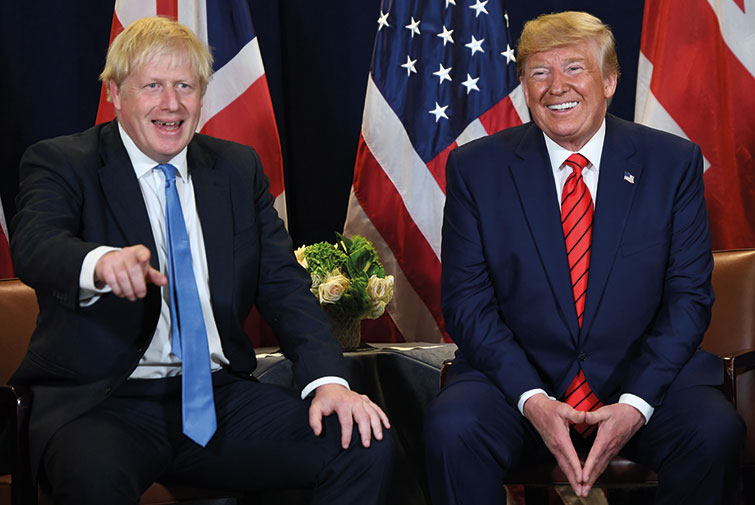
Last Thursday, we finally ended the debate. With Boris Johnson re-elected as prime minister with a thumping majority, there is no question now of a second referendum or cancelling Brexit. We will be out at the end of next month. The trouble is, that is just the start of the debate. Amid all the heat and fury, we have hardly spent any time discussing what kind of post-Brexit economy we want. For four decades, British governments have not had much control over immigration, none over trade policy or tariffs, and huge swathes of regulation were handed to Brussels. It won’t happen on 1 February because there will be a transitional agreement, but over the course of the next year we will take back control of those decisions again. What should we do with it?
Keep the floodgates ajar
First, immigration. The PM has at least given some hints on that. He has committed himself to an Australian-style points system. The trouble is, we haven’t seen any detail. Australia is a high immigration country, with more than eight people moving there every year for every 1,000 inhabitants, compared with only four for this country. It is hard to see doubling the rate of immigration going down very well in all the northern constituencies that voted Tory for the first time last week. That probably wasn’t exactly what they had in mind. It makes a lot of sense to adopt the points system, selecting migrants on the basis of skills, education, language and age. But we will need to restrict the overall numbers as well. How many? In the last year, net migration was 219,000, and at that level employment and real wages grew. So around 200,000 net immigrants picked on the basis of skills and education would be about right.
Embrace free trade
Next, we need to decide whether we want a free-trade agreement with the US or the EU. Can’t we have both? Unfortunately, probably not. The two blocs have such different, and diverging, regulatory systems, they are not likely to be compatible (which is why the EU hasn’t ever managed to complete a trade deal with America). It is going to be a tough choice. The EU accounts for 46% of our exports, compared with about 20% for the US. It is a bigger market and a lot closer. Against that, the US is a more natural partner for our services/finance/technology-based economy. And it is growing a lot faster. In the short term, a deal with the EU makes more sense. In the medium term, the US will prove a better bet.
Get rid of import tariffs
Thirdly, if we aren’t bound by EU tariffs any more, what kind of import duties do we want to impose? Brussels imposes some stiff external tariffs. There is a 10% levy on imported cars, for example. Oranges from outside the EU face a 17% levy. Most food has some kind of tariff, as does clothing and most manufactured goods. None of those made much sense for Britain: tariffs on citrus fruit, for example, were great for southern Europe, but not so much for a damp and chilly UK where – surprise, surprise – lemons are hard to grow. Farmers will argue furiously for some form of protection to continue, and so will the car makers and any other industry that feels threatened by global competition. We should ignore them. The only workable policy for Britain is unilateral free trade with zero tariffs on everything regardless of whether other countries reciprocate.
Open up for business
Finally, we need to make the UK the most business-friendly developed country in the world. The EU has used single market legislation to take control of huge swathes of regulation and because it is a bureaucracy dominated by corporate lobbyists it has increasingly used that to protect established companies. You can see that most clearly in technology where an endless stream of rules dressed up as safeguards for consumers have crippled the continent’s ability to compete. We will see it all over again in emerging industries such as driverless cars, robotics and AI. The EU’s instinctive reflex is to ban innovation. Outside, we should design a light-touch regulatory system that is on the side of entrepreneurs and consumers – and not of ageing cartels.